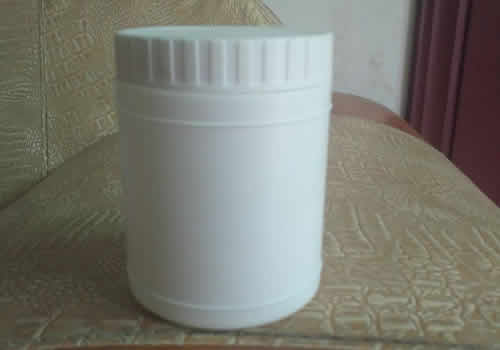 CN
CN info@seacomould.com
info@seacomould.com +86-18969612882
+86-18969612882
Factors Affecting Feeding in Processing of Plastic Chemical Barrels
2019-12-25
In the process of producing plastic chemical barrel moulds, due to the influence of raw materials, molds, equipment and processes, the surface of the plastic chemical barrel moulds will appear to be blooming. At this time, we need to conduct on-site inspections. The plastic chemical barrel mould manufacturers introduce the process as follows:
 1. Whether the material is wet: check whether there is obvious water and moisture phenomenon in the data. You can visually observe that there is no water and moisture phenomenon in the outer package. Open the material bag and touch the data to see if there is moisture. Difficult to dry.
1. Whether the material is wet: check whether there is obvious water and moisture phenomenon in the data. You can visually observe that there is no water and moisture phenomenon in the outer package. Open the material bag and touch the data to see if there is moisture. Difficult to dry.
2. Feeding link: Check the feeding link to ensure that the barrel mould and feeding process are clean to prevent foreign materials from mixing in and check the data particles for obvious bees.
3. Checking the drying equipment: Check the drying equipment to see if the heating temperature of the drying equipment is normal (there is a thermometer on the bottom of the barrel mould), whether the air blows in and out smoothly, and you can feel the wind out of the air outlet with your hand.
4. Is there a foaming phenomenon in the shot block? Exit the shot block to see if there is foaming in the block. There should be no foaming in the normal production materials. If there is foaming, there is gas. Continue to dry or lower the material. Tube temperature.
5. Check the nozzle heating ring and barrel mould: Check whether the nozzle heating ring and barrel mould are heated normally. The nozzle can be tested with a strip on it. The strip is normal if it melts. The temperature of the barrel mould can be viewed on the temperature screen, and the deviation from the set value cannot exceed 20 degrees.
6. Injection process: Check the key conditions that affect the silver pattern in the injection process. The loosening position should be as small as possible, the back pressure can be appropriately increased, and the injection speed can be increased and decreased in both directions.
7. Mold problem inspection: The inspection mold has no effects of oil leakage, air leakage, and water leakage.

2. Feeding link: Check the feeding link to ensure that the barrel mould and feeding process are clean to prevent foreign materials from mixing in and check the data particles for obvious bees.
3. Checking the drying equipment: Check the drying equipment to see if the heating temperature of the drying equipment is normal (there is a thermometer on the bottom of the barrel mould), whether the air blows in and out smoothly, and you can feel the wind out of the air outlet with your hand.
4. Is there a foaming phenomenon in the shot block? Exit the shot block to see if there is foaming in the block. There should be no foaming in the normal production materials. If there is foaming, there is gas. Continue to dry or lower the material. Tube temperature.
5. Check the nozzle heating ring and barrel mould: Check whether the nozzle heating ring and barrel mould are heated normally. The nozzle can be tested with a strip on it. The strip is normal if it melts. The temperature of the barrel mould can be viewed on the temperature screen, and the deviation from the set value cannot exceed 20 degrees.
6. Injection process: Check the key conditions that affect the silver pattern in the injection process. The loosening position should be as small as possible, the back pressure can be appropriately increased, and the injection speed can be increased and decreased in both directions.
7. Mold problem inspection: The inspection mold has no effects of oil leakage, air leakage, and water leakage.
Related Products
Latest Updated
- China automotive mold manufacturing is facing the development trend of 2025
- The major development trend of automotive mould technology
- How to find a good automotive mould supplier and manufacturer in China
- How to make the injection plastic mould gate design
- The most likely defects in the mold injection molding process
- Injection mold repair steps and precautions
- Auto mould making-automould injection moulding company
- How to choose plastic mould supplier in Taizhou China
Relative Articles
Hot Articles
- Mold plating chrome treatment technology is good for mold life
- Analysis of the causes of the fusion line of plastic mold products and corresponding improvement measures
- what are the common problem in the plastic mould injection process
- Leak-proof design of bottle cap mould
- What performance requirements should be met when selecting steel for injection mold
- When Huangyan Mold factory come back to work after coronavirus
- Coronavirus China Wuhan
- How to check the test of the injection mould
- How to choose plastic mould supplier in Taizhou China
- What principles should be followed in the design and development of bumpers mould
- Bottle cap mold manufacturing process
- Six standards for testing the quality of antifreeze bucket mould
Hot tags: china mold maker,taizhou,huangyan, suppliers, manufacturers, factory, maker,customized








